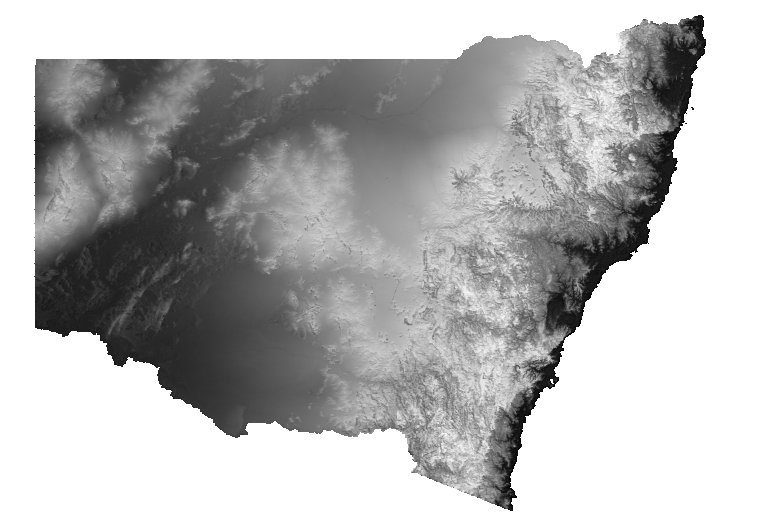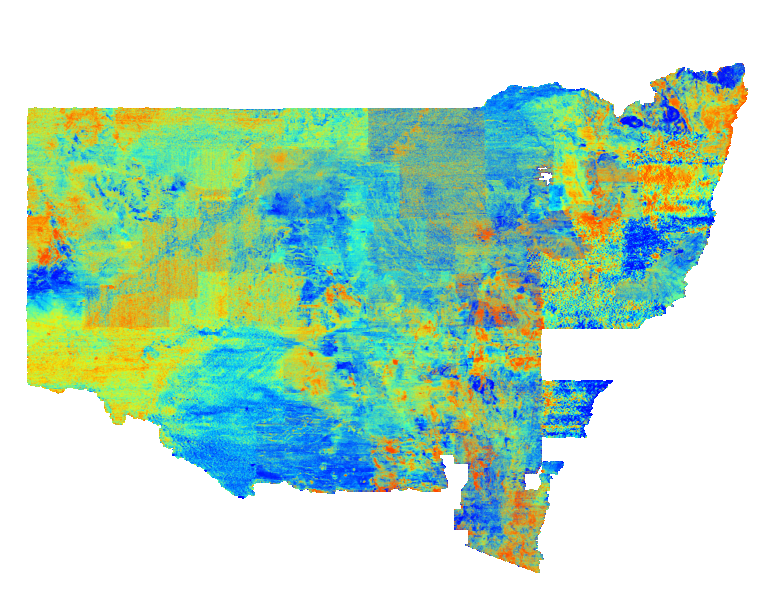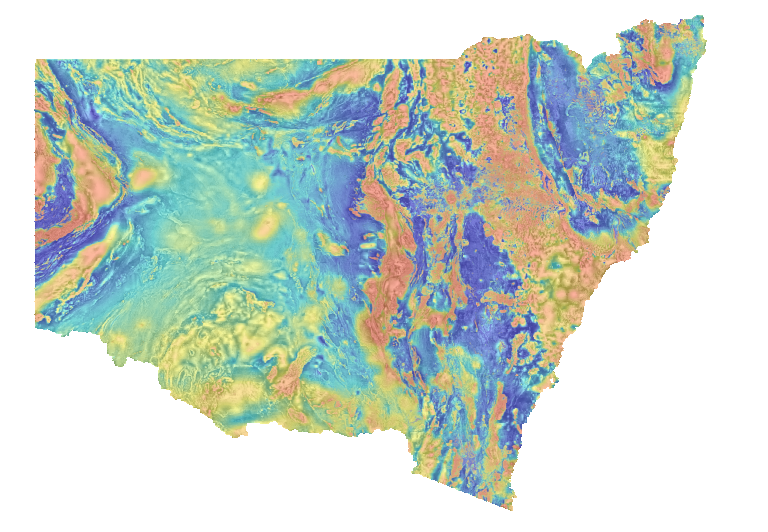Type of resources
Available actions
Topics
Keywords
Contact for the resource
Provided by
Years
Formats
Representation types
Update frequencies
status
Service types
Scale
-
This layer shows a depth slice from a 3D resistivity model of the crust derived from an inversion of the AusLAMP NSW long period MT data.
-
The Competitive Allocation Pathway is designed to maximise the value of a suitable unallocated coal resource through a competitive process. The Department of Regional NSW’s (Regional NSW) Guideline for the Competitive Allocation of Coal (December 2020) sets out when the Competitive Allocation Pathway applies.
-
This is a preliminary low-resolution, pseudocolour image of airborne acquired Bouguer gravity with a histogram-equalised colour stretch. Cooler colours indicate lower Bouguer gravity values and warmer colours represent higher values. Bouguer gravity compensates for variations in latitude, 'free-air' elevation and Bouguer correction (assuming a crustal density of 2.67 T/m³). This image shows airborne gravity data from a survey that is ongoing. The Department of Customer Service has contracted two experienced specialist companies to fly the airborne survey. Final data will be available in 2024 at a higher resolution. Preliminary data should not be used in geological interpretations.
-

Elevation is a greyscale layer with a histogram-equalised colour stretch. Cooler colours indicate lower values and warmer colours represent increasingly higher elevation. Elevation is derived from 5 metre LiDAR coverage of NSW and has been resampled to a uniform 25 metre grid cell size.
-
The Geological Survey of NSW developed a Seamless Geology of UTM Zone 56 during 2014 as part of a project to develop a seamless vector geology dataset of the best available geological mapping data covering the whole of NSW.The overarching aims of the Statewide Seamless Geology Project were to: (i) compile the different original scales, formats and rock unit naming conventions into a consistent, statewide format; (ii) edge-match the geology across existing map sheets; and (iii) interpret the basement geology under cover. The resulting geodatabase comprises a series of layers which include: (i) solid basement geology; (ii) cover rocks (defined as undeformed and unmetamorphosed); (iii) Mesozoic igneous rocks; and (iv) Cenozoic sedimentary and igneous rocks. The project was divided into 3 major stages corresponding to the UTM zones which divide New South Wales. This dataset includes the seamless geology layers from the NSW portion of UTM Zone 56 (ie.east of 150 degrees longitude to the coast).
-
This vector contains the boundary and flight lines of Infill Area D. Infill Area D is part of the MinEx Collaborative Research Centre (CRC) Cobar Airborne Electromagnetic (AEM) survey. This survey was a collaboration between the Geological Survey of NSW (GSNSW) and Geoscience Australia. Infill D was funded by Legacy Minerals Pty. Ltd. Regional lines were funded by GSNSW.
-

Pseudocolour image of the ratio between uranium and thorium within the upper 20 centimetres of the ground. This image was generated using normalised input grids to avoid ‘divide by zero’ errors. Cooler colours indicate lower abundances of uranium relative to thorium and warmer colours represent the opposite. Variations in U/Th ratio are caused varied mineral compositions in host rocks and soils. This statewide image was generated by merging many individual airborne radiometric surveys.
-

Total magnetic intensity reduced to the pole (TMI RTP) image overlain on tilt-filtered (Tilt) total magnetic intensity reduced to the pole image. The image is a partially-transparent pseudocolour layer of TMI RTP, with a histogram-equalised colour-stretch, overlain on a greyscale intensity layer of the Tilt, with a histogram-equalised stretch. Cooler colours indicate lower values and warmer colours represent higher TMI RTP values. Dark tones indicate lower values and lighter tones represent higher values of the Tilt. Reduction to the pole filters magnetic anomalies to appear as if the Earth's magnetic field were locally vertical, as at the magnetic pole (assuming all magnetic sources are inductively magnetised). The tilt-angle filter produces a positive maximum over the centre of a magnetic source and is zero near the edge of the source, and is useful for tracing geological structure below variable depths of cover. Variations in the magnetic field are caused by lithological factors, principally magnetite (and/or pyrrhotite) content. This Statewide image was generated by merging many individual airborne magnetic surveys.
-
AEM curtains are a set of cross-sections generated using geophysical inversion to convert AEM data to conductivity (m/S) versus depth below surface (m). These data represent the conductivity of soil and rocks to a depth of about 400 m. A pseudocolour-stretch has been applied to the data. Blue represents low conductivity values and red represents high values. The colours vary due to; (1) natural variations in the electrical properties of soils, rocks, minerals and groundwater, (2) man-made structures, radio-transmissions and lightning strike and (3) AEM system artefacts.
-
Descriptions and photos of microscope slides of rock samples. These are closely associated with Field Observations.
 NSW Geoscience Metadata
NSW Geoscience Metadata